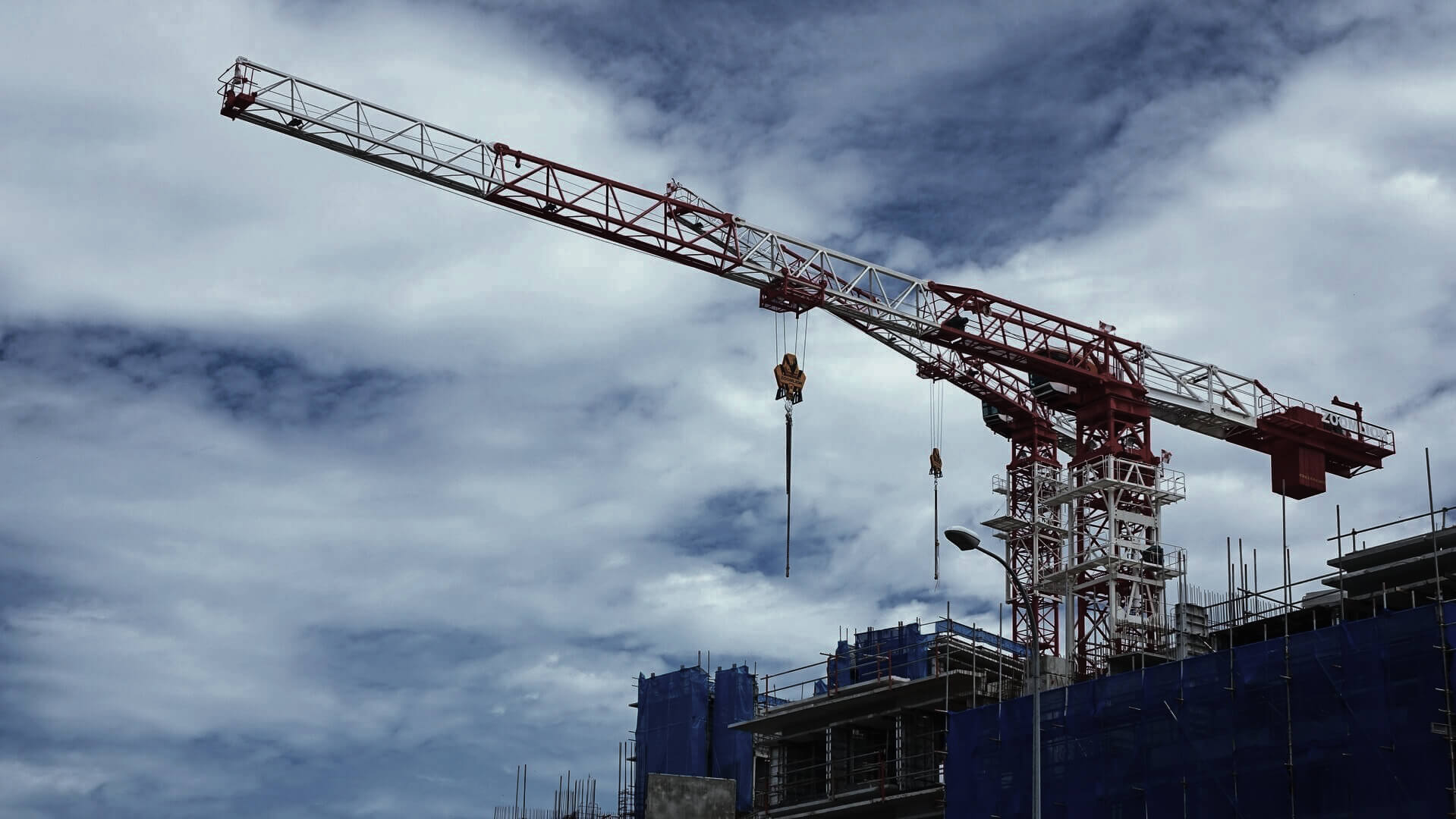In Southern California, several popular multi-family housing types cater to diverse needs and preferences. Let’s explore them some more:
1. Apartment Buildings: These are the most common multi-family structures. They consist of multiple units within a single building. Apartments can vary in size, amenities, and architectural style.
2. Condominiums (Condos): Condos are individually owned units within a larger building or complex. Residents own their specific unit and share common areas (such as hallways, gyms, and pools) with other condo owners.
3. Townhouses: Townhouses are multi-level homes that share walls with neighboring units. They often have private entrances and outdoor spaces. Townhouses provide a balance between apartment living and singlefamily homes.
4. Duplexes and Triplexes: Duplexes have two separate units, while triplexes have three. Each unit typically has its own entrance and may share common walls. These are common in residential neighborhoods.
5. Accessory Dwelling Units (ADUs): ADUs, also known as granny flats or in-law suites, are secondary housing units on the same property as a single-family home. They can be attached or detached and serve as rental units or additional living space.
6. Mixed-Use Developments: These combine residential and commercial spaces within the same building or complex. For example, a building might have ground-floor retail or office spaces with apartments or condos above.
7. Co-Housing Communities: Co-housing emphasizes shared spaces and collaborative living. Residents participate in decision-making and often share meals, gardens, and other amenities.
8. Senior Housing: Designed for older adults, senior housing includes independent living communities, assisted living facilities, and continuing care retirement communities (CCRCs).
9. Student Housing: Near college campuses, purpose-built student housing provides convenient living arrangements for students.
10. Micro-Units: These compact apartments maximize space efficiency. They are popular in urban areas where affordability and location matter most.
Remember that trends evolve, and developers adapt to changing demands. If you’re considering multi-family housing, explore options that align with your lifestyle and investment goals!



Leave a Reply